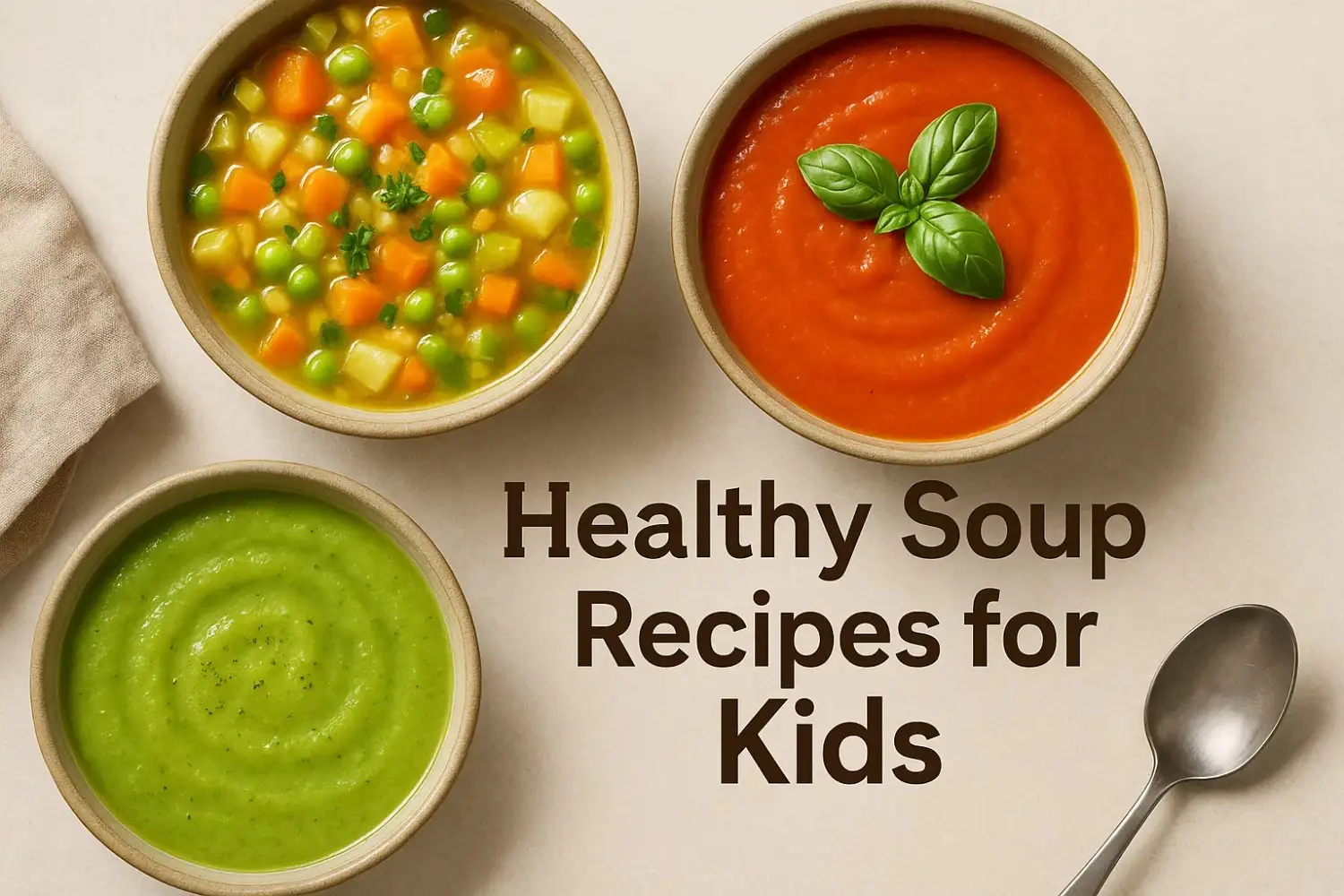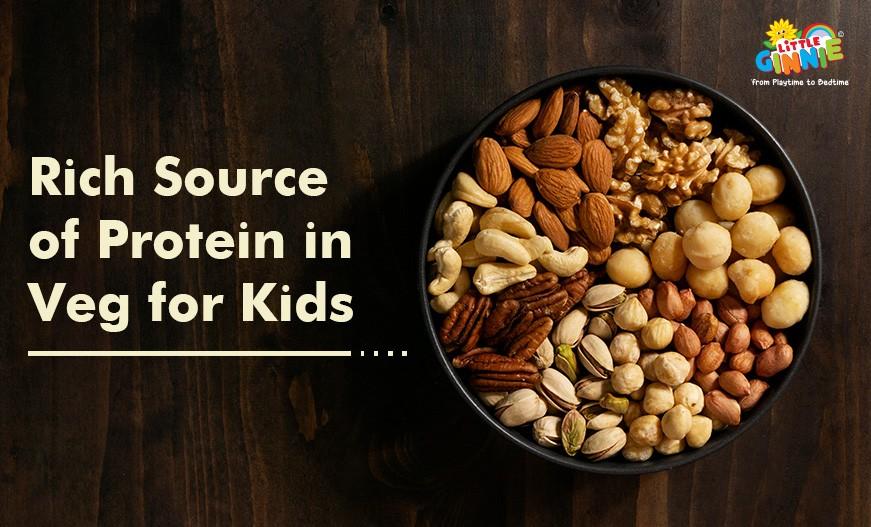Currently Empty: ₹0.00
Child Refuses To Eat Anything

Vetted By: Dt: Chanchal & Sakshi
Written By: Pinky Kharata
Published By: Satya Narayan Pandey
As a parent, it can feel deeply frustrating and even a little scary when your child refuses to eat anything. You prepare meals with care, try different foods, and still end up worrying about their health and nutrition. Whether your baby is refusing to eat solids or your toddler is pushing the plate away, you’re definitely not alone.
Many parents go through this phase and often wonder how to get a child to eat when they refuse anything at all. The truth is, children have their own reasons from developmental stages to emotional cues and understanding those can make a big difference. With the right approach, patience, and a calm mindset, mealtimes can slowly shift into more positive experiences.
Why Is The Baby Refusing To Eat?
Babies have stages and there is nothing unusual in the fact that their eating habits change. There may be plenty of little reasons why your baby is refusing to eat. Learning more about what is happening with the shift will be able to help you act with more patience and less stress during meal time.

1. Selective Eating
When a child refuses to eat anything, they may simply be going through a picky phase. This usually happens as they grow and start having food preferences. Some may only want familiar tastes or avoid certain textures. It’s frustrating, but with time, patience, and gentle exposure to new foods, this stage usually passes.
2. Over Snacking
If you’re wondering how to get a child to eat when they refuse, consider how much they’re snacking between meals. Too many snacks can kill appetite during mealtimes. Even healthy snacks, if too frequent, can cause fullness. Try limiting in-between munching and stick to a routine so your child comes to the table hungry and ready to eat.
3. Sensory Issues
A baby refusing to eat might be reacting to how the food feels, smells, or even sounds when chewed. Sensory sensitivities can make certain textures or temperatures uncomfortable. If your child gags, spits, or cries with some foods, try adjusting the texture gradually, and keep meals calm and pressure-free. However, keep trying as sensory preferences often change with time.
4. Memory Map
Sometimes, children stop eating because of past negative food experiences like choking, vomiting, or force-feeding. When a child refuses to eat anything, it might not be about hunger at all, but rather about fear or discomfort tied to food. Give them time, reassurance, and a calm mealtime space to slowly rebuild trust with eating.
5. Distracting Environment
Mealtime distractions like TV, toys, or even too much conversation can shift your child’s focus. If you’re trying to learn how to get a child to eat when they refuse, start by creating a calm, screen-free eating space. Quiet environments help babies concentrate on their food and body signals without stress or overstimulation.
6. Pressure to Eat
One common reason a baby is refusing to eat is feeling pressured. When they sense they’re being forced to eat or scolded for not finishing, they may resist more. Parents should encourage but shouldn’t push. Let them explore food at their pace. A relaxed approach builds a better relationship with food in the long run.
How To Get A Child To Eat When They Refuse
When a child refuses to eat anything, it’s understandable for parents to feel frustrated or worried. But small changes in routine and mealtime habits can help. Here are simple, practical ways to understand how to get a child to eat when they refuse.

1. Limit Mealtime Distractions
Too much noise, screens, or toys around can make mealtime harder. If your baby is refusing to eat, try switching off the TV and keeping the table quiet. A calm setting helps them focus on food, recognize hunger cues, and slowly build healthy eating habits over time.
2. Serve Appropriate Food Portions
Sometimes kids feel overwhelmed by too much food on their plate. When a child refuses to eat anything, try offering small portions first. They’re more likely to try new foods when they don’t feel pressured to finish large amounts. You can always give more if they ask.
3. Don’t Schedule Mealtimes too Close to Bedtime
If mealtime is too close to nap or bedtime, your baby refusing to eat may simply be tired. Sleepy kids are often cranky and less interested in food. Try offering meals earlier so they have the energy and patience to sit and eat properly.
4. Eliminate Mealtime Stress
Mealtimes should feel relaxed, not rushed or forced. If your child refuses to eat anything, try avoiding comments like “just one more bite.” Stay calm, eat together, and let them decide how much to eat. A peaceful mealtime builds trust and reduces food-related stress.
5. Involve your Child in Food Preparation
Kids are more curious about food when they’ve helped make it. If you’re wondering how to get a child to eat when they refuse, let them wash veggies, stir batter, or choose fruits. Simple involvement builds interest and gives them a sense of control over meals.
6. Reduce Non-Mealtime Foods And Drinks
Too many snacks, juice, or milk between meals can lead to a baby refusing to eat at mealtime. Keep snack times limited and water-only close to meals. This helps them come to the table actually hungry and more willing to eat.
7. Understand your Child’s Eating Style
Every child eats differently. Some are slow eaters, others need time to warm up to new foods. If your child refuses to eat anything, observe what works, whether it’s finger foods, soft textures, or quiet settings. Understanding their style makes mealtime less of a struggle.
Simple Recipes for Baby Refusing To Eat
In case your baby refuses to consume anything, then give them some light fun recipes. These simple meal suggestions are soft, delicious, and ideal with little ones who require motivation during mealtime.
Recipe 1: Veggie Cheese Muffins

Ingredients
- Whole Wheat Flour – ½ Cup
- Sweet Corn, Capsicum, Carrot, and Beetroot (Any Veggies of Choice) – ½ Cup Total
- Grated Cheese – 2 Tablespoons
- Curd – ¼ Cup
- Baking Soda – A Pinch
- Olive Oil – 1 Tbsp
- Salt and Herbs – To Taste
Method
Step 1: Fine chop all the veggies of choice along with salt and herbs.
Step 2: In a bowl, add ¼ cup of curd, a pinch of baking soda, ½ cup of whole wheat flour, and 1 tablespoon of olive oil.
Step 3: Mix all the ingredients together.
Step 4: With the help of scooper, scoop the batter and add in cupcake paper liners.
Step 5: Bake at 180°C for 12–15 min. Serve them hot to your kid.
Recipe 2: Mango Yogurt Popsicles

Ingredients
- Ripe Mango Pulp – 1 Cup
- Thick Curd or Greek Yogurt – ½ Cup
- Honey or Dates Syrup – 1–2 Tsp (Optional)
- Cardamom Powder – A Pinch (Optional)
Method
Step 1: Blend mango pulp and yogurt with honey or dates syrup and a pinch of cardamom powder.
Step 2: Pour into popsicle molds or small paper cups.
Step 3: Insert sticks and freeze for 2–3 hours.
Step 4: Unmold and serve cold.
Takeaway
If your child refuses to eat anything, stay patient and observe what might be causing it. From soft routines to simple recipes, there are many gentle ways to learn how to get a child to eat when they refuse. If your baby is refusing to eat regularly, speak with a doctor for guidance and keep offering meals without pressure. It really does get better.
FAQs: Child Refuses To Eat Anything
It can be worrying when a child refuses to eat anything, especially during mealtimes. Many parents wonder how to get a child to eat when they refuse or why their baby is refusing to eat. Here are some common questions and clear answers that may help.
Q1: How do you feed a child that refuses to eat?
Ans: Parents should stay calm and offer small, easy-to-eat foods. Let them choose from a few healthy options. If a child refuses to eat anything, avoid pressure. Make meals peaceful, and try again later without forcing them.
Q2: Why does my child not want to eat anything?
Ans: If your baby is refusing to eat, it could be due to teething, tiredness, or just not being hungry. Older kids may be distracted, bored with food, or asserting independence by saying “no” during mealtime.
Q3: What to do if my child refuses to eat?
Ans: Be patient. Offer meals at regular times without distractions. If your child refuses to eat anything, include their favorite foods and avoid turning meals into a battle. Kids often eat better when there’s no pressure.
Q4: Should I be worried if my child won’t eat?
Ans: If it’s just for a day or two, it’s usually okay. But if your baby refuses to eat for several days, is losing weight, or seems weak, consult a pediatric. Trust your gut as a parent.







